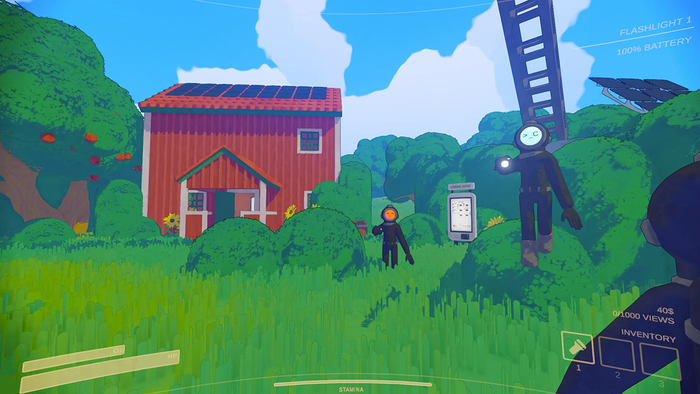
Featured Blog | This community-written post highlights the best of what the game industry has to offer. Read more like it on the Game Developer Blogs.
The demo is dead - video for the win. Puppygames no longer hosts demos.

(First posted on our site here)
Many years ago, when we first started making games, the perceived wisdom of the age was to follow an apparently successful formula, and strike it rich. Or at least, make a living. Games sold for an average of $20 or so. This is in the dim, dark depths of history, in 2003. This formula was: offer a demo, and convert demo players into customers by having amazing demos (and, as a secondary, offer a money back guarantee just in case a customer mysteriously wasn't satisfied).
All you need is a large enough influx of traffic downloading a large enough number of demos and a large enough conversion rate. Simple! And this we have done, for the last 10 years. To cut a long story short, it doesn't work for us. Today, none of our games have a demo, and they probably never will have again, either. The Demo is dead.
Long Live Video!
Why have we done this? How can we possibly gain from no longer hosting demos? Well, the times have changed. I have come to realise that I've not bought a single game from playing a demo in the last 5 years, maybe longer. Why am I buying games? Or rather, why am I buying the games I am buying as opposed to other games? Mostly because they're recommended to me by friends, and sometimes reviews. That generally isn't enough though; I also want to look at the game before I buy one.
And this is where video comes in! Just about every game I've bought for the last 5 years has been on the basis of watching a video of the game - either a review along the lines of Total Biscuit, or a trailer in Steam, or on the developers' websites, or shared on Facebook or Twitter. Usually I don't even need a recommendation from a friend if I watch a trailer for a game that I think looks interesting. But there is another thing at play. Almost none of the games I've bought have even had demos. They're full versions only, accessible only via Steam, and/or usually... rather cheap. And with a bit of investigation we've noticed that 99.9% of all the games we've sold on Steam have been bought "blind", without anyone ever sampling a demo. This got me to wondering why we are bothering with demos any more.
What Does a Demo Do?
I'll tell you: it has three primary functions:
To assure the end user that the product actually installs and runs ok on their machine
It gives the potential customer a good long demonstration of the game with no up-front investment on their part
The shocker: it then gives them 99 excuses not to buy the game.
Video manages to sidestep 2 and 3 nicely. Video still gives the customer a demonstration of the game, albeit non-interactive; but it does have the potential to cram all the interesting bits into a very short space of time - rather like a movie trailer does. But, barring a total disdain for the style or genre of game, it doesn't give the customer any reasons not to buy the game. Not a single one. You have to actually pay to form an opinion on how it plays.
The first function is trickier. Why do people buy something if they don't know if it'll even run or not? It turns out it's required a little bit of technical wizardy to solve, which we'll be releasing the source to in due course as it's GPL, but basically - take a look at Revenge of the Titans now, if you're unregistered, and you'll see that the title screen has in fact been replaced by the video trailer which is now rendered inside the game. So we know at this point that the game is going to run fine on your machine, and more importantly, so do you. We're slowly converting the other three games into video title screens as well.
In-App Purchase
Of course, once a potential customer has installed the game, fired it up, and been presented with the trailer video instead of an ordinary title screen, that's not quite the whole story. Customer clicks "PLAY"... and is transported straight to an in-app purchase screen which you can use to unlock the game there and then. Unfortunately this IAP screen can only take credit and debit cards (no PayPal or other dubious payment systems).
However... it is working, and working nicely. Now all our games have a built-in IAP system (and a cunningly built-in one-click buy mechanism too), we'll be able to collect some stats on how things look without demos, and I'll be following up in a few months about the end result.
Read more about:
Featured BlogsAbout the Author(s)
You May Also Like







